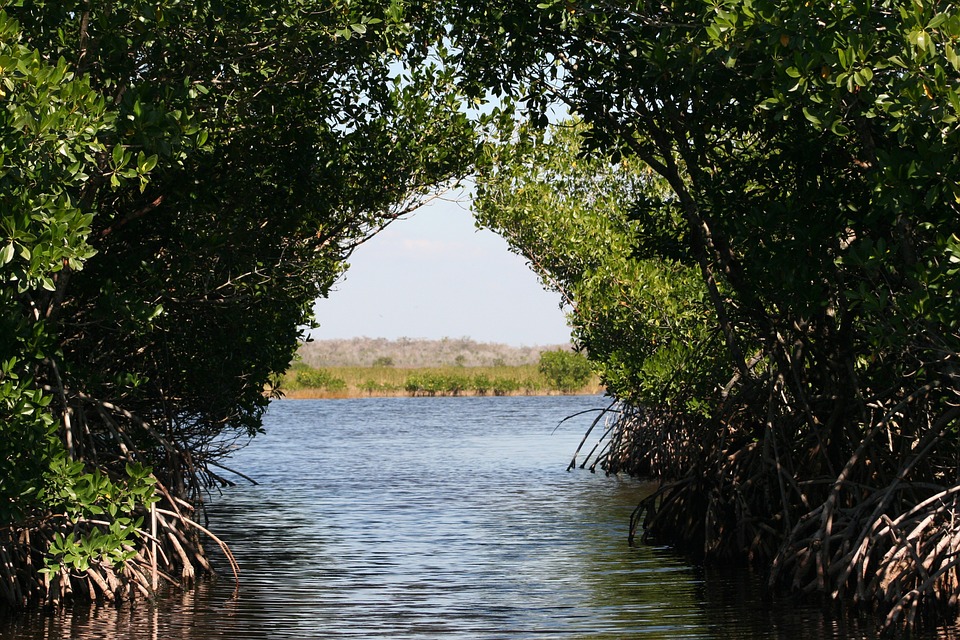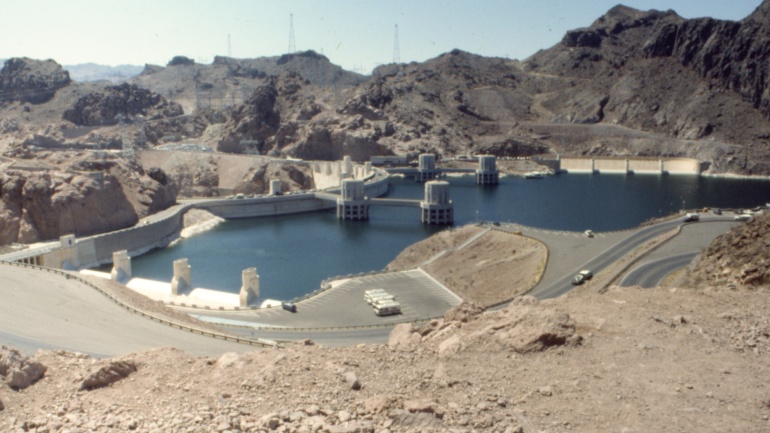By En Qi Teo, Staff Writer & Researcher for Save The Water™ | July 6, 2020
The Everglades National Park occupies 1.5 million-acres of tropical and subtropical wetlands in Florida, and hosts at least one million visitors excited to gaze upon this enormous World Heritage Site every year. Home to rich biodiversity, it is the only place in the world where crocodiles and alligators share the same habitat. Unfortunately, human activity has questioned our ability to preserve this natural wonder, as the flow of natural water into the Everglades is drying up.
What is happening in the Everglades?
Decades of human development of the surrounding space has resulted in a retreat of the Everglades, as they have been dredged by contractors to accommodate settlements in the South Florida region. In order to secure fertile land for agricultural purposes, humans have drained the Everglades since the early 1900s, without proper environmental planning. Lake Okeechobee, the Everglades’ link to their natural source of water, has been cut off by canals, and water resources in the Everglades have further been strained due to dredging. Important habitats have been lost. In the 1960s, a scientific study proved construction activity by humans caused the volume of water in a river of grass within the Everglades to be halved from approximately 2m acre feet.
Furthermore, water pollution threatens this natural wetland reserve as well, posing significant threat to the wildlife that call the Everglades home. Fertilizers used in farming have resulted in phosphorus runoff into the marshes. Such contamination has decreased the population of birds, and increased the population of invasive plant species that displace the local flora. Conservation efforts have reduced the amount of phosphorus in the Everglades, but it is difficult to restore the wetlands to their pre-contamination state.
High levels of mercury have also been found in fish from the Everglades. Mercury poisoning not only threatens local fish but also may cause the wading bird population to decline, as birds ingest the mercury by eating the fish. Scientists have discovered that rainfall in the South Florida region is particularly high in mercury, and levels of mercury concentration in bottlenose dolphins in the Everglades are higher than in any other population in the world. This is attributed to mangroves in the Everglades contributing to mercury contamination. When leaves from the mangrove fall into the water, the mercury and bacteria form highly toxic methyl mercury.
Why should we care about the Everglades?
Beyond concern for the wildlife populations and natural environment of the Everglades, there are a few reasons why conservation and restoration of the Everglades are of paramount importance.
First, the Everglades currently serve as a buffer against hurricanes for those living in South Florida. The marshes absorb strong winds to prevent South Florida homes from being battered, and collect stormwater to prevent storm runoff from causing flooding in the region. An average of 40% of hurricanes that reach the Eastern coast of the United States will hit Florida. It is therefore crucial to protect the Everglades so they can in turn protect human life and property.
Second, the people living in South Florida rely on the Everglades for drinking water. Much of the Everglades’ water is turning into saltwater from rising sea levels. If the Everglades no longer serve as a ground store of freshwater, South Florida residents may experience water shortages.
What can we do?
Save the Water™ is currently the only organization with plans to comprehensively test the Everglades for contaminants. The hypothesis that is being tested is that untested or under-reported contaminants dangerous to humans have entered the Everglades. Only monitoring and testing that provide a complete picture of the extent of contamination in the Everglades can help restoration efforts. Results will be published after the first year of testing, and data collected will be analysed and made available to the scientific community for further research. You may read more about the Save the Water™ plan for testing here.
The Everglades are the largest subtropical wetland in North America, and contain unique biodiversity thought to not be found anywhere else in the United States. The Everglades also protect South Florida residents from flooding and droughts. An inability to restore the Everglades will spell disaster for hundreds of species, as well as people.




